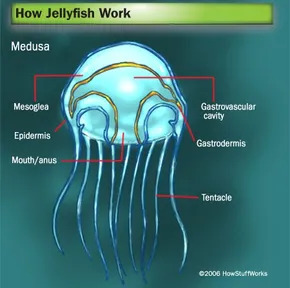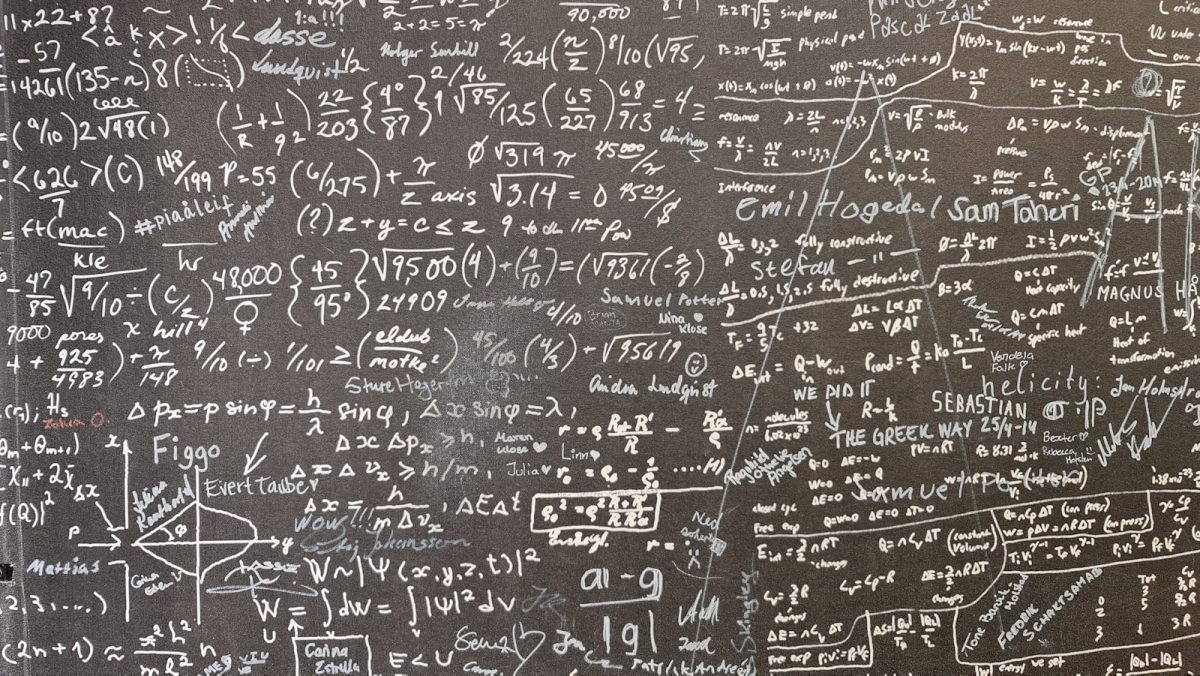We start at the beginning of the end. The Dinosaurs have just been wiped out in the KT extinction event which put an end to their 200 million year reign. While the loss of dinosaurs is sad it allows other previously underappreciated classes to rise to the forefront. The class that excepted the call was the Mammalia class. The Cenozoic is known as the age of Mammals for a reason. There are almost 6,500 currently living mammal species including the notorious Homo sapiens. The Cenozoic didn’t start this way though, so lets see how it did start.
The first Period in the Cenozoic is the Paleocene and at the beginning the world was still recovering, mammals usually stayed small in size, size could vary but most mammals were from a rats size to a medium dog. Plant life during the early Paleocene was mostly dominated by ferns. But during the Paleocene we saw plant life shifting with ferns being replaced with early cacti, and conifers. As mammals evolved we started to see ancestors of Primates, Marsupials, Carnivores and even the ancestors of modern hoofed animals. In the late Paleocene we see the first known primates evolving and the rise of Creodonts which resembled cats and dogs. We also see larger herbivores appearing during this time period. One of these early herbivores was the Indricothere which was a very early rhino and also one of the largest animals in the Paleocene.
The Second Period in the Cenozoic was the Neogene. The Neogene was packed with new species and gigantic animals. The early Neogene had many new animals evolved like early grazing mammals, namely early horses, rhinos, and camels. There were also ancestors of modern dogs, bears, hyenas, deer and sloths. During the Neogene a large island (Now known as modern day India) collided with Asia and the collision caused a large landmass to rise where the 2 plates were shifting. These mountains are known today as the Himalayas. In the Mid Neogene large mammals evolved like Rhinos, Horses and Antelope. The continent of South America was separated from America during this time period thanks to the Isthmus of Panama. Many wacky animals evolved like terror birds, large mostly flightless birds that were well, terrifying. In the late Neogene, perhaps the most influential species on earth started to evolve, they were called Hominins. During the whole Neogene the waters were ruled by a massive shark, known as the Megalodon.
Finally the last (and current) period of the Cenozoic rolls around, the Quaternary period. In the early Quaternary period Megafauna dominated the landscape with Mammoths and Mastodons, Cave bears and saber toothed cats. During the early Quaternary period sea levels fluctuated and land bridges formed to connect continents. In the early-mid Quaternary we saw Woolly Mammoths evolve and the evolution of early humans like Homo Erectus and Neanderthals. and in the middle Quaternary we saw early humans spreading out over the globe, sometimes crossing the Bering land bridge that had formed between Asia and America. Also during the middle Quaternary we saw the rise of a new predator the (now not so extinct) Dire wolves. During the late Quaternary we saw many large Megafauna go extinct. This list of newly extinct species included: Woolly Mammoths, Woolly Rhinos, Large Bison, Saber toothed cats, cave bears, Large deer, and cave bears. These extinctions were likely caused by a combination of climate change and human impact. The Quaternary stretches up to the present when we live and we’ve seen the rise of Homo Sapiens.
Related Stories:
https://www.usgs.gov/youth-and-education-in-science/cenozoic
https://ucmp.berkeley.edu/cenozoic/cenozoic.php
https://www.nps.gov/articles/000/cenozoic-era.htm
https://www.britannica.com/science/Cenozoic-Era
https://www.livescience.com/40352-cenozoic-era.html
Take Action:
Help protect current mammal’s natural habitats
https://www.worldwildlife.org/
Buy a great book highlighting the evolution of plants and animals throughout the Cenozoic
https://www.barnesandnoble.com/w/mammal-takeover-abby-howard/1130548501






